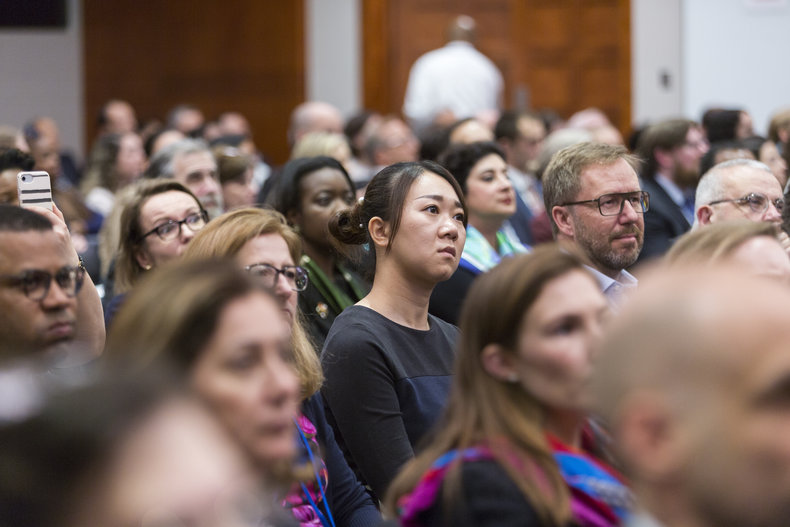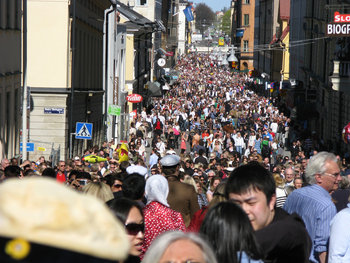
Origins
The idea of unity in diversity is at least about 1600 years old. It was first recorded in the works of the Sufi mystic Abd al-Karim al-Jili with the words "unity in diversity and diversity in unity."Multiculturalism
Multiculturalism is the idea that a national identity can be build on diversity as opposed to sameness. This is considered a national ethos of several nations, such as Canada. This can be contrasted with the traditional American model known as melting pot whereby diversity is given up to become American.Globalization
Globalization is the ongoing process whereby nations become increasingly interconnected. This creates a great number of diverse cultures such as the culture of sport, music, religion and education. In this context, unity can be based on super culture, subculture, tradition or shared experience.Cultural Complexity
The world has grown beyond the days when most people lived in remote disconnected towns and villages their entire lives whereby they belonged to a single culture. Modern people commonly belong to many cultures that typically include a nationality, ethnicity, city culture, regional culture, language, socioeconomic group, profession, super cultures and subcultures. For example, a person who grew up in Hawaii who moves to New York is likely to experience culture shock because they are entering a different local culture and may be disconnected from subcultures they enjoy such as beach culture. In this context, the individual may feel as much in common with an Australian coworker who loves the beach as they do with other American coworkers who are unfamiliar with beach culture.Inclusion
It is common for organizations big and small to adopt the principle that people are to be given a fair chance and included regardless of their background. This produces much diversity in settings with a sense of unity such as firms, schools and teams.| Overview: Unity In Diversity | ||
Type | ||
Definition | The idea that people need not have a common identity to form positive bonds and common purpose. | |
Related Concepts | ||
























